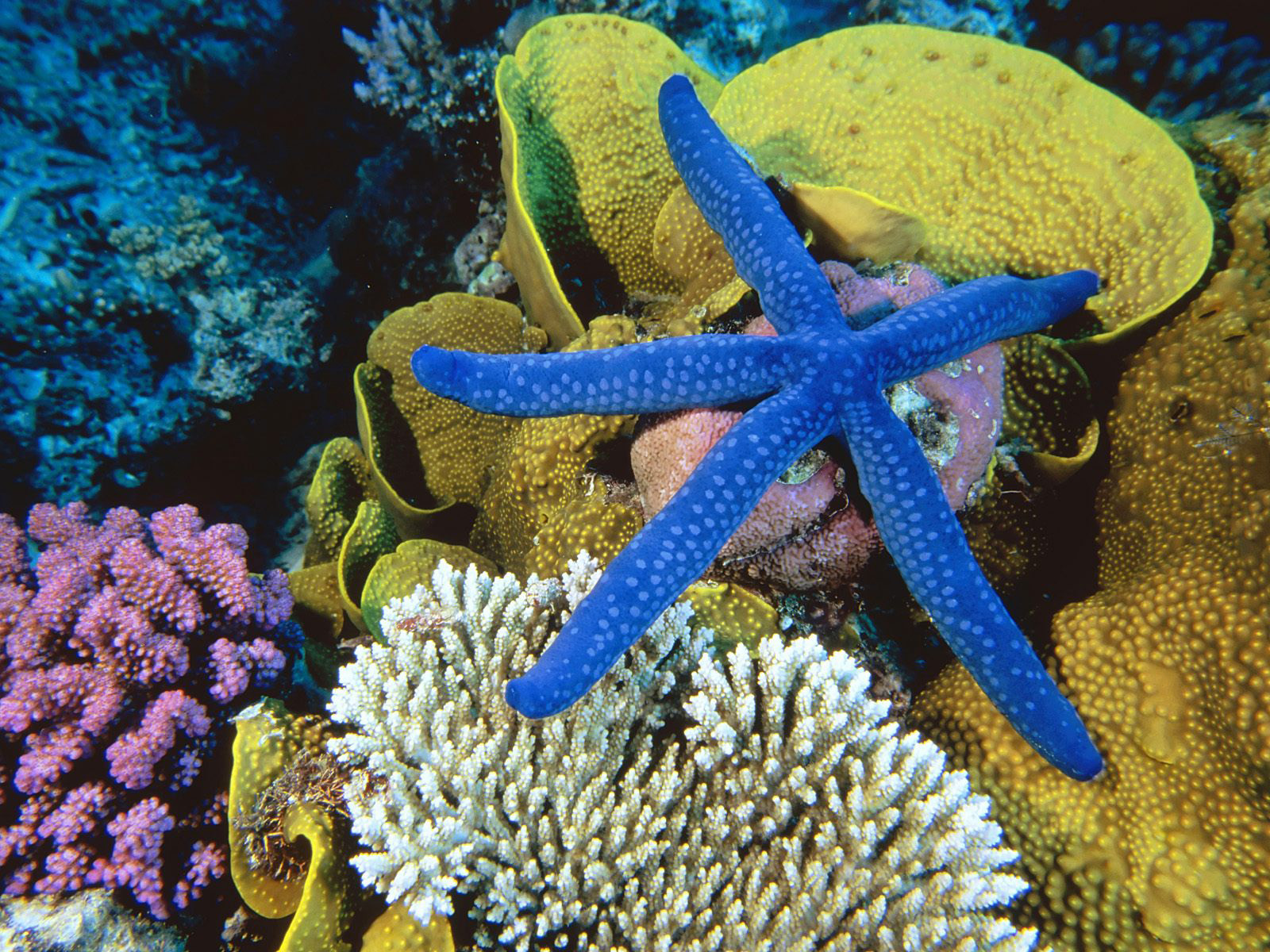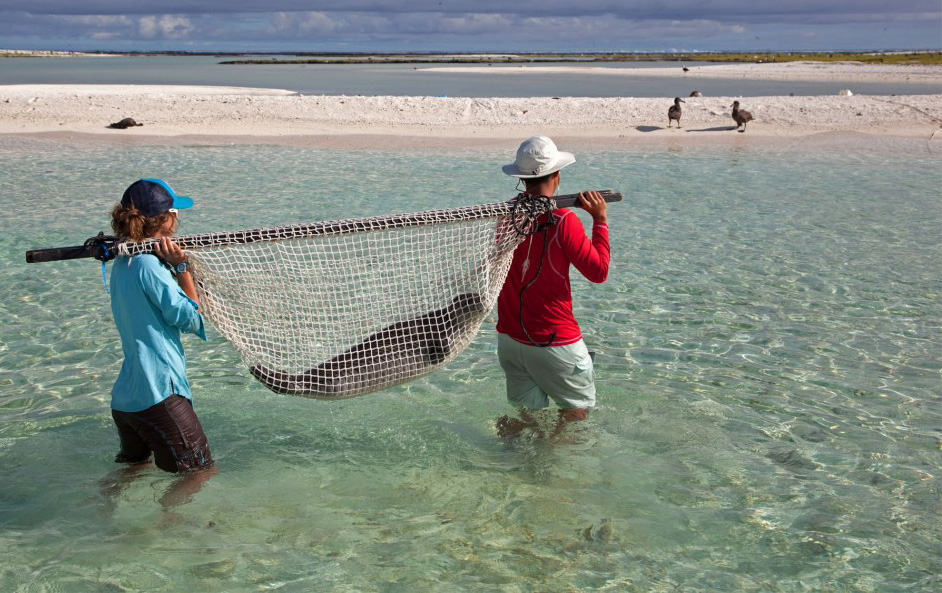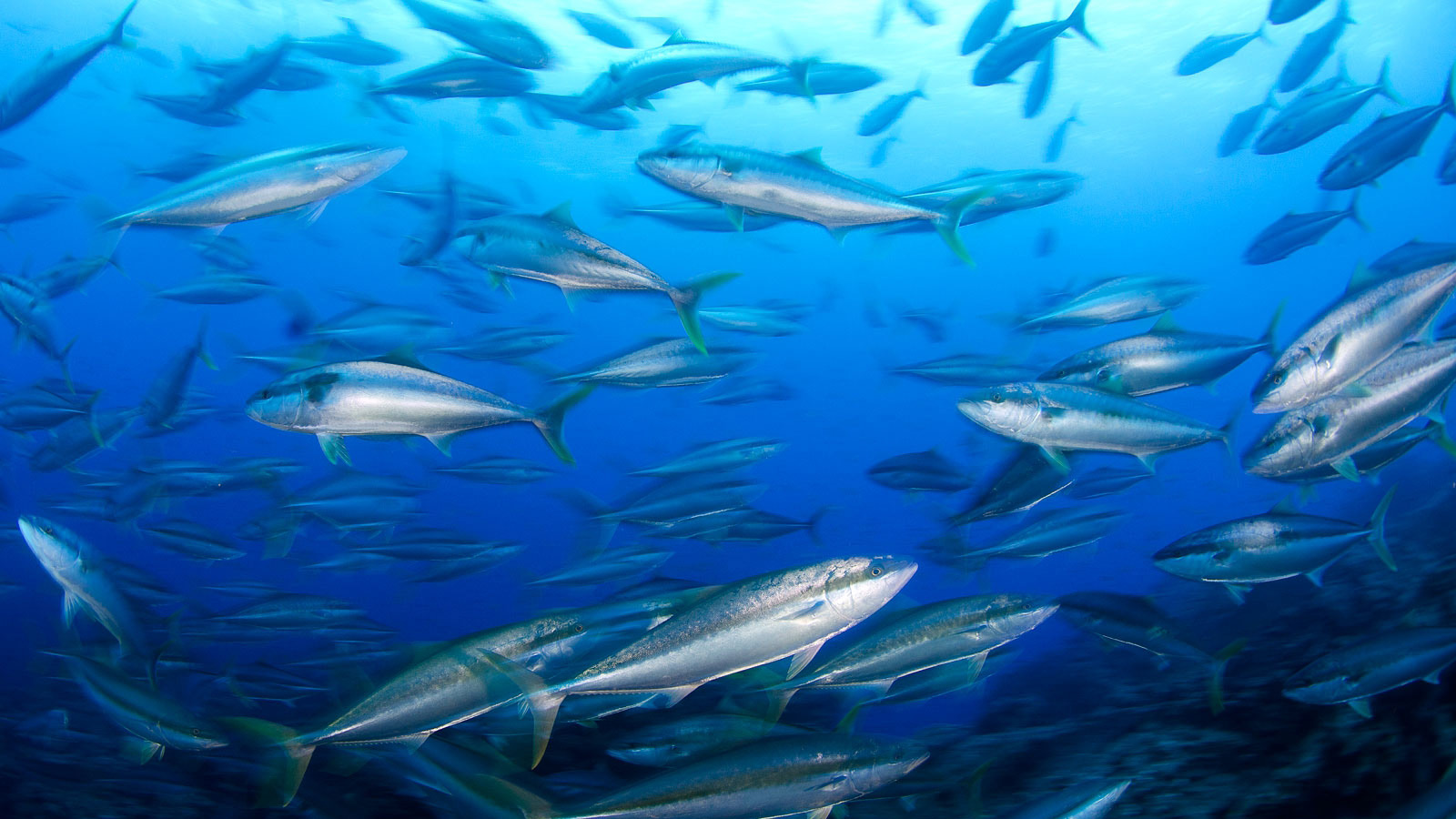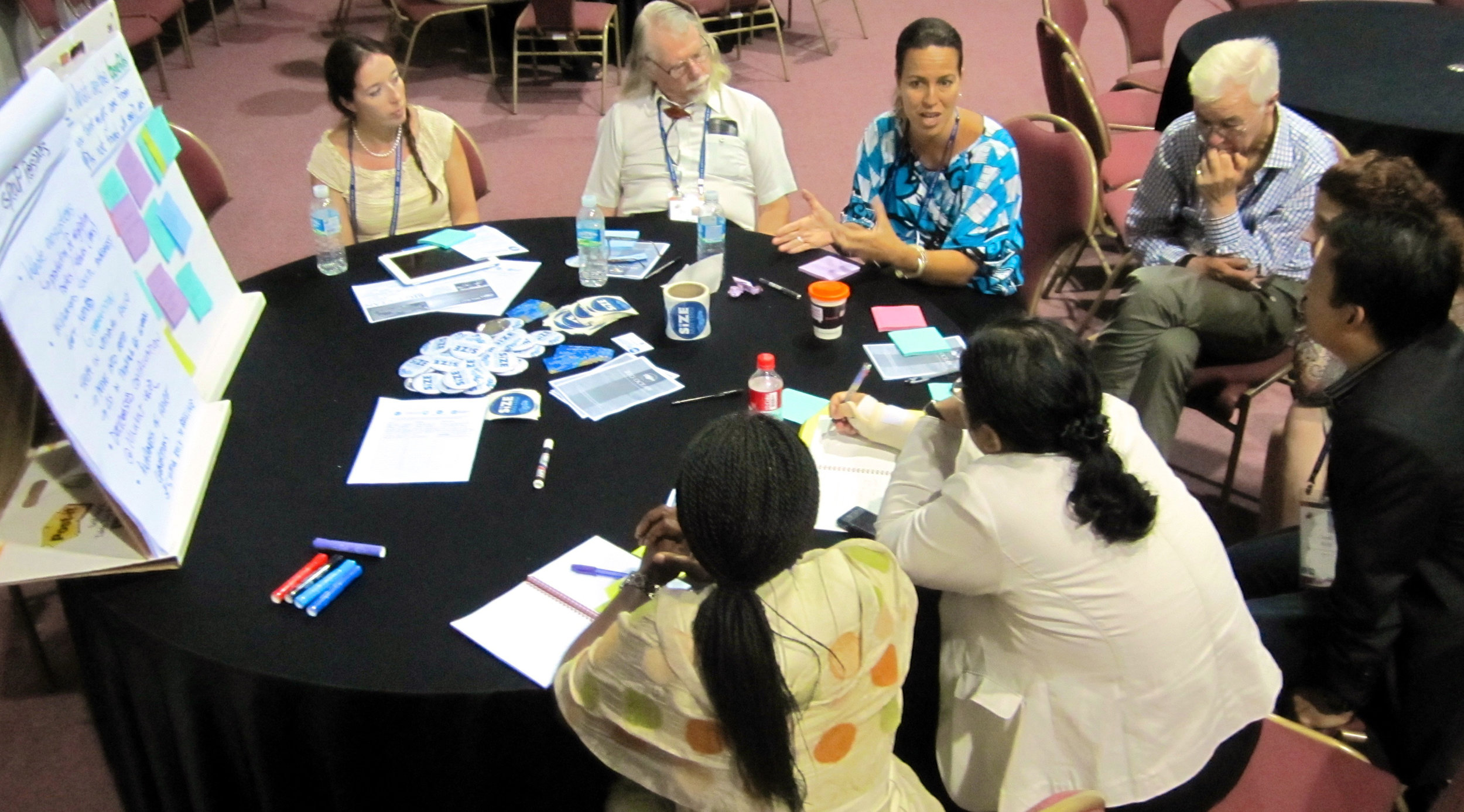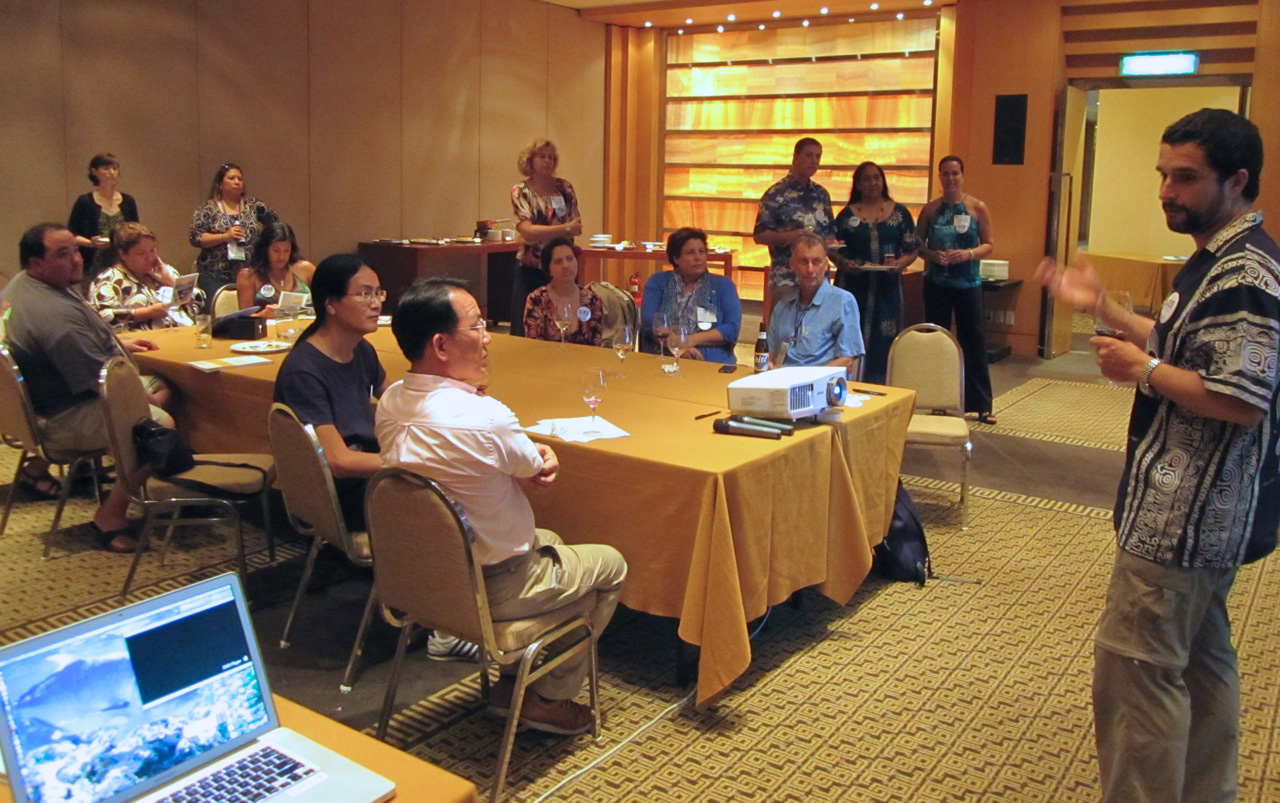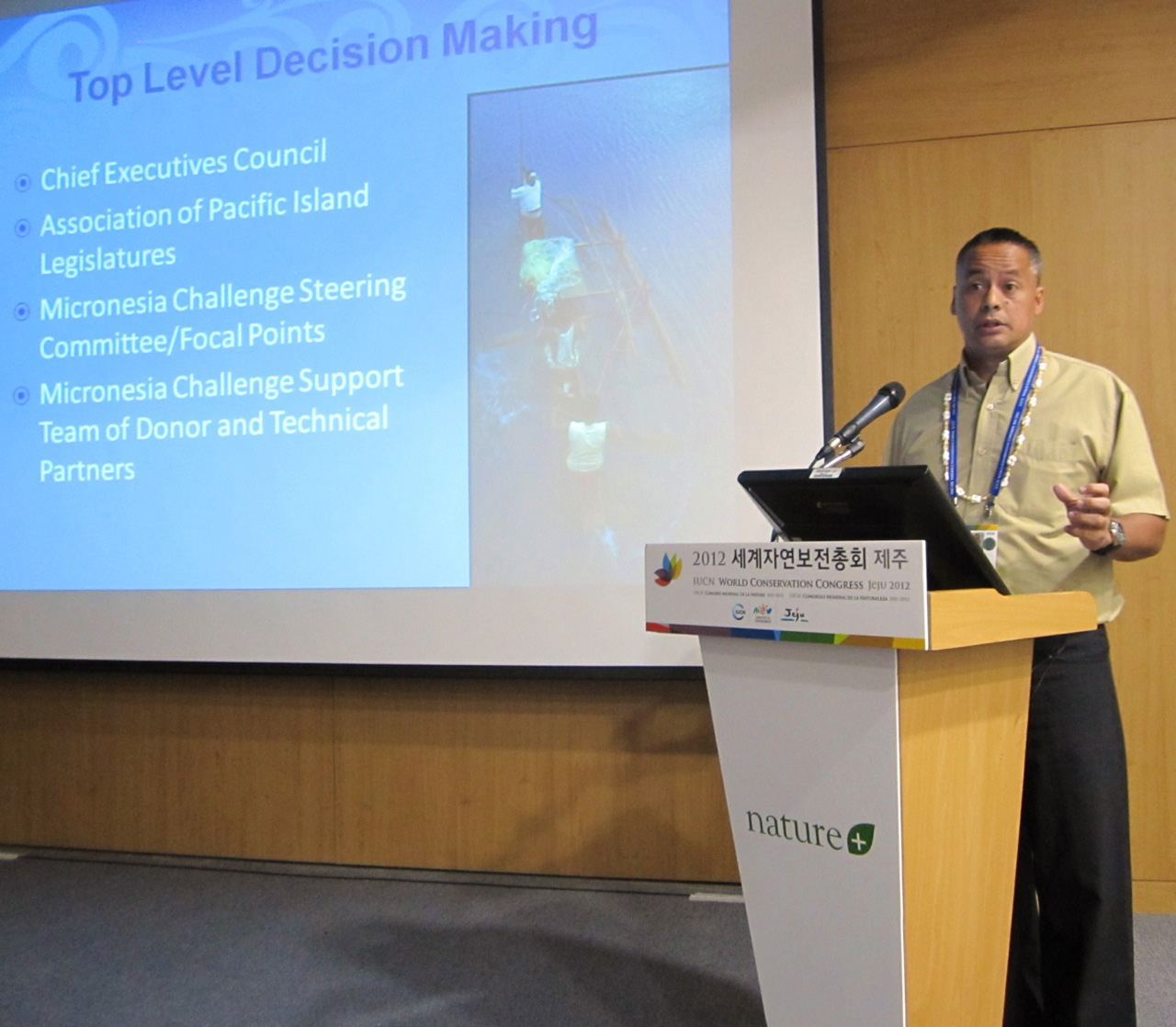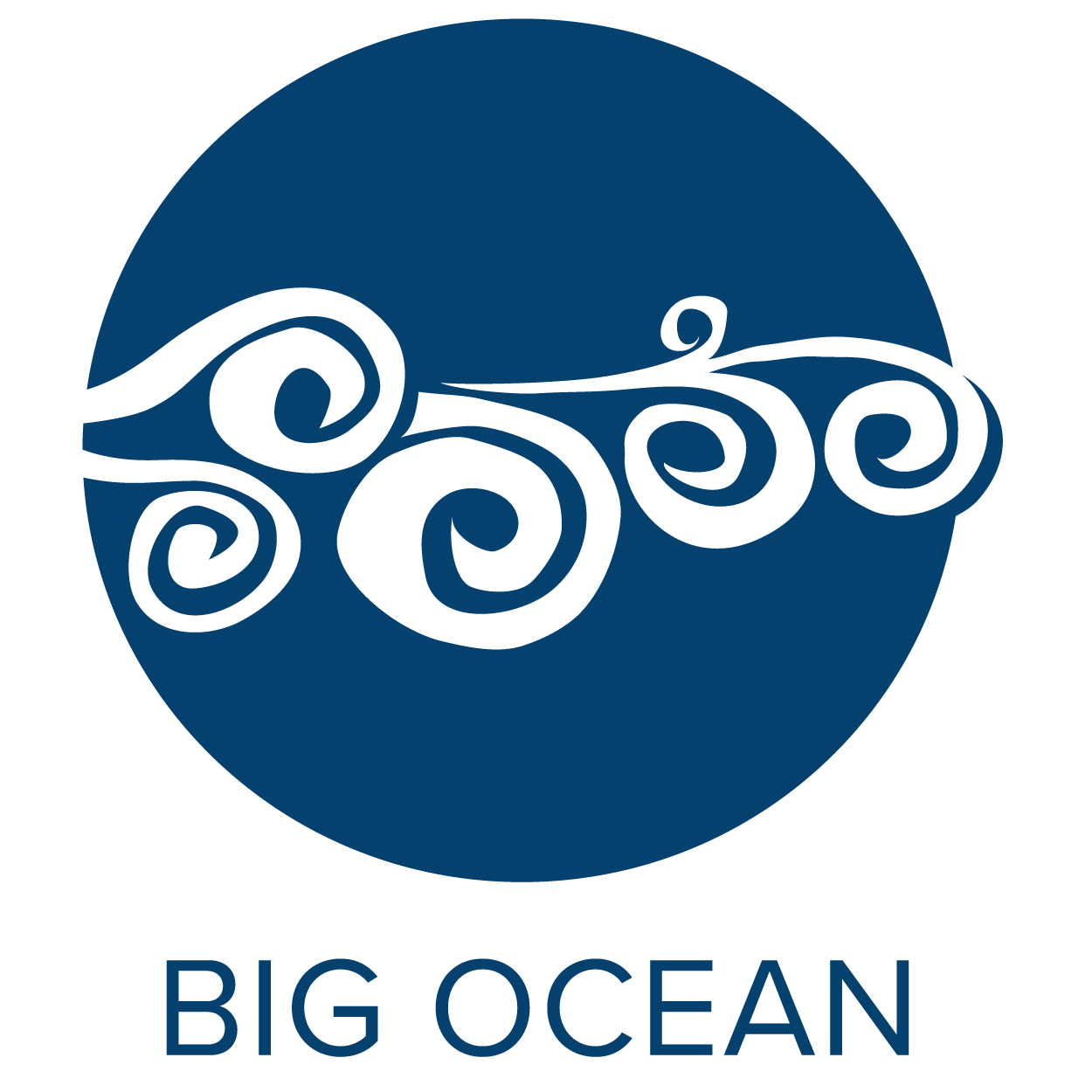
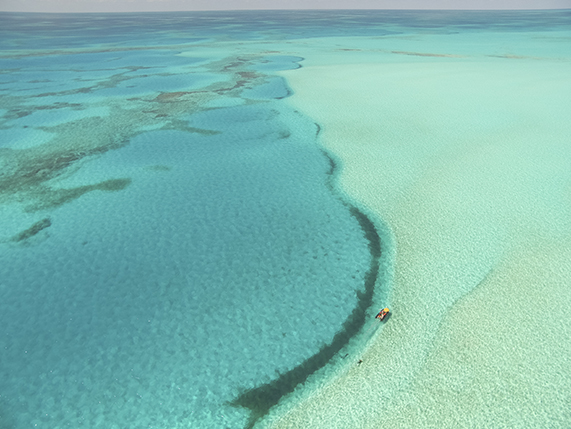
Management at-scale
For 25 years, the Great Barrier Reef Marine Park and the Great Barrier Reef World Heritage Area, served as the world’s single truly large-scale marine conservation site, dwarfing the next largest sites in orders of magnitude that made comparisons difficult at best. Then in 2000, Papahānaumokuākea Marine National Monument and World Heritage Site was established and large-scale MPAs (LSMPA) stood poised to become an official genre of marine conservation. Across the next 14 years, eight more vast MPAs came on line, with the scope and scale of large-scale sites increasing significantly in parallel with the needs of managers and national governing agencies.
As the field enters its second decade, Big Ocean is turning its focus to growing the field (in quality versus quantity) through the development, and dissemination of best-practice tools, products, and publications.
Global Impact
Beyond the numerous ecological, economic, and cultural benefits that large-scale MPAs provide, they are our greatest hope for achieving marine conservation goals such as the 30x2030 initiative and providing benefits that smaller-scale sites cannot. The UN and other international groups focus on the high seas in areas beyond national jurisdiction, which signals that ocean conservation and governance at scale are globally significant.
Creating a starting point
Though the past two decades have seen an increasing call for marine protection on a larger scale, there are limited examples of effective long-term governance and management models to reference. By sharing lessons from mature LSMPAs and supporting recently established sites to innovate beyond traditional management models, Big Ocean aims to grow the inventory of best-practice tools and resources to serve a wider audience and to include Indigenous Peoples and Communities in the management planning process.
The field is still evolving
Because sites' needs vary widely, guidance for the design and management of LSMPAs is evolving. The future of the field requires adaptive management that is rarely, if ever, implemented linearly. Thus, the network strives to keep learning and improving upon its services and support to members, partners, communities, and the next generation of managers and ocean champions.

